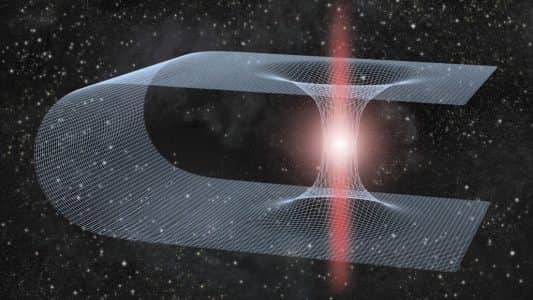Turning CO2 Into Stone is the Latest Trick to Reduce Atmospheric Carbon Dioxide - Dispatch Weekly
June 14, 2016 - Reading time: 3 minutes

Converting atmospheric carbon dioxide (CO2) into different forms (usable and unusable) has been the focus of multiple studies ever since the dangers of CO2 were brought to light and the latest in the series of such researchers is a new invention through which scientists may have found a potentially viable way to remove anthropogenic (caused or influenced by humans) carbon dioxide emissions from the atmosphere – turn CO2 into rock.
Published in Science, the study is the first of its kind to show how we can extract and lock away the atmospheric CO2 permanently from the atmosphere. Researchers say that this CO2 can be injecting into volcanic bedrock wherein it will react with the surrounding rock, forming environmentally benign minerals.
Carbon Capture and Storage (CCS) technologies have been looked at and researched by scientists for years now and while it is a promising solution, one of the greatest threats is the possibility of leakage. So attention has now turned to the mineralisation of carbon to permanently dispose of CO2. Scientists have been looking at mineralisation of carbon, but there has been a belief that this process takes several hundreds to thousands of years and is therefore not a practical option.
But that changed with the latest study by researchers at Columbia University, University of Iceland, University of Toulouse and Reykjavik Energy, wherein they demonstrated that it can take as little as two years.
Lead author Dr Juerg Matter, Associate Professor in Geoengineering at the University of Southampton, says: “Our results show that between 95 and 98 per cent of the injected CO2 was mineralised over the period of less than two years, which is amazingly fast.”
The Study
For the study, researchers injected carbon dioxide into a deep well at a site in Iceland. As a volcanic island, Iceland is made up of 90 per cent basalt, a rock rich in elements such as calcium, magnesium and iron that are required for carbon mineralisation. The CO2 is dissolved in water and carried down the well. On contact with the target storage rocks, at 400-800 metres under the ground, the solution quickly reacts with the surrounding basaltic rock, forming carbonate minerals.
“Carbonate minerals do not leak out of the ground, thus our newly developed method results in permanent and environmentally friendly storage of CO2 emissions,” says Dr Matter, who is also a member of the University’s Southampton Marine and Maritime Institute and Adjunct Senior Scientist at Lamont-Doherty Earth Observatory Columbia University. “On the other hand, basalt is one of the most common rock type on Earth, potentially providing one of the largest CO2 storage capacity.”
To monitor what was happening underground, the team also injected ‘tracers’, chemical compounds that literally trace the transport path and reactivity of the CO2. There were eight monitoring wells at the study site, where they could test how the chemical composition of the water had changed. The researchers discovered that by the time the groundwater had migrated to the monitoring wells, the concentration of the tracers – and therefore the CO2 – had diminished, indicating that mineralisation had occurred.
“Storing CO2 as carbonate minerals significantly enhances storage security which should improve public acceptance of Carbon Capture and Storage as a climate change mitigation technology,” says Dr Matter.
Researchers acknowledge that while the scale of the study was quite small, there is a lot more that can be done to realize the full potential of the technology.

DW Staff
David Lintott is the Editor-in-Chief, leading our team of talented freelance journalists. He specializes in covering culture, sport, and society. Originally from the decaying seaside town of Eastbourne, he attributes his insightful world-weariness to his roots in this unique setting.

_1.jpg)


